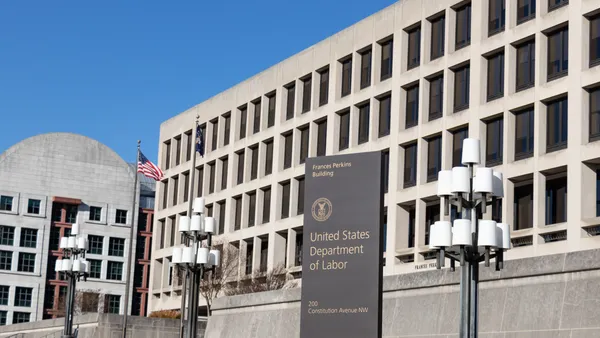Companies have until mid-2025 to revise their automatic subscription renewal processes to meet California's click-to-cancel law, enacted September 24.
The law requires companies to make renewal opt-outs as easy as the opt-in. That means if a customer opted into a subscription online companies must allow them to opt out online and not, as some do, require them to call or email or use other means.
“California is setting a model for the nation on protecting consumers from unnecessary charges,” Rep. Pilar Schiavo, the California assembly member who sponsored the bill, said in a statement.
The law applies to any automatically renewing subscription or continuous service offer and also requires companies to get affirmative consent before starting a subscription or converting a free trial to a paid service or changing a fee, among other things.
Although the law is limited to companies engaging with California customers, companies should consider applying the provisions nationally because other states are considering similar laws and the federal government has its eye on enforcement as well, says Rob Chesnut, a former Department of Justice prosecutor who served as Airbnb’s general counsel for five years until 2023.
“Don’t think of this as a California problem,” Chestnut says in a Bloomberg Law column. “The new California law is just the first in what will be an inevitable wave of regulation on this issue.”
The Federal Trade Commission last year proposed a click-to-cancel rule that would add protections to its existing negative-option rule, in effect since 1973, and consolidate its several statutory authorities for regulating subscriptions into a single rule. It would also add enforcement teeth by drawing on its Section 5 authority under the Federal Trade Commission Act.
“It would create a more powerful deterrent by introducing the risk of civil penalties,” FTC Chair Lina Khan said when releasing the proposed rule.
Companies might welcome the FTC’s rule because it would give them a single standard to meet, a lighter lift than having to meet a patchwork of requirements as states follow California’s lead with their own laws, Chesnut says.
“Organizations that have been opposing FTC regulation in this area may soon find themselves looking at an array of different state click-to-cancel laws that will be difficult for their online business to manage,” he says. “Businesses need a national standard here, and ironically, they may soon be asking the FTC for action.”
Separate from compliance, it’s a good business practice to make it simple for customers to opt out because a company is on shaky ground if it’s relying on recurring revenue from customers who don’t want the service or don’t know they’re still subscribed.
“You want to ‘win’ because you offer a better service, not because your handcuffs are better,” he says.
The California law affects any type of business that offers automatic renewals. That means a gym offering monthly membership or a wine club sending out new wine each month would have to comply.
“There’s nothing worse than never using your gym card because the thought of going to work out is just too much — then realizing you need to actually go to the gym to tell them you’re canceling,” a Vice report on the law says.
But the law’s biggest impact is likely to be on software-as-a-service companies. The typical SaaS company has built its business around subscription-generated recurring revenue. Investors tend to like the subscription model because it provides a steady, predictable revenue stream. That has helped fuel a surge of SaaS companies, of which there are some 17,000 in the United States, according to some estimates.
A SaaS company with an effective renewal program can have a monthly renewal rate of almost 100% — that is, losing fewer than 1% of its subscribers each month, an analysis shows.
If your company is relying on what Chesnut calls ghost subscribers — customers who no longer use the service but are still paying each month for it — your best bet is to get them off quickly to comply with the law and then rebuild with customers who want to be there.
“You may actually be better off encouraging these users to cancel quickly,” he says. “You’ll get that revenue off your books quickly, rather than deal with the slow leakage that’s coming otherwise.”
Over the long-term, making it easy for customers to opt out will benefit everyone, Chesnut says, because customers won’t hesitate to subscribe going forward if they’re confident they won’t face hurdles to get out.
“Once consumers understand the new world and get comfortable that they can easily cancel something, they may be willing to sign up,” he says. “Lean into that.”



















